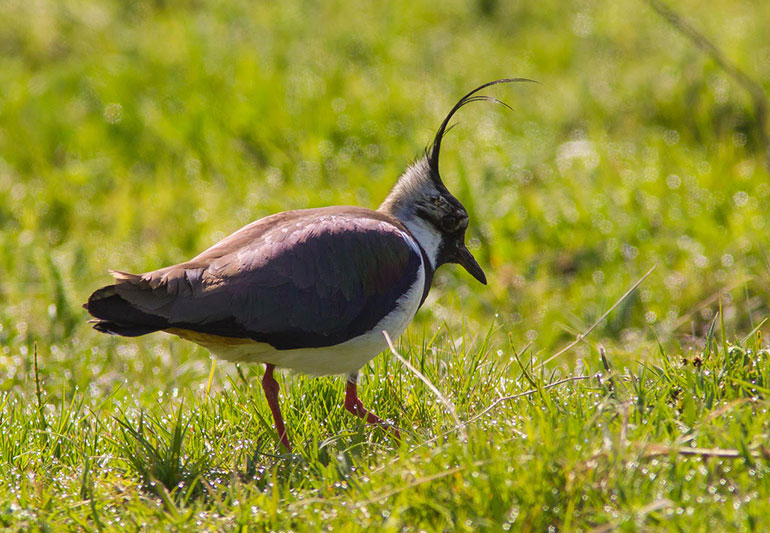Nature & Wildlife | Posted on January 25th, 2021 | return to news
Farmland bird count 5-14 February
Run by the Game & Wildlife Conservation Trust, participants just need to spend 30 minutes counting the birds they see on a spot of their own land.

Farmers, land managers and gamekeepers are being encouraged to take part in a bird count which runs from 5-14 February.
Run by the Game & Wildlife Conservation Trust (GWCT), it is a voluntary scheme that helps farmers and gamekeepers health-check their land and allows the GWCT to build a crucial national snapshot of the state of Britain’s farmland birds.
Rodney Butler from Beaminster said, “The reason why I undertake the Big Farmland Bird Count is that I enjoy seeing all the different types of birds over my holding. I am fortunate in having a large stream at one boundary, which gives me the opportunity to see birds I would not otherwise have the opportunity to view, such as Little Egrets, dippers and Kingfishers.”
Dr Roger Draycott, organiser and head of advisory services at the GWCT, said, “As custodians of 71 per cent of Britain’s countryside, farmers, land managers and gamekeepers are crucial to the survival of cherished bird species like skylarks, yellowhammers, corn buntings and wild grey partridge.”
Despite the coronavirus pandemic and poor weather, 2020’s Big Farmland Bird Count saw record numbers of people taking part. Over 1,500 participants recorded more than 120 species across 1.4 million acres.
“We saw a huge increase in the number of counts completed last year and we are hoping to beat those numbers again. It is not too late to sign up for this year’s count by visiting www.bfbc.org.uk,” says Roger.
Encouragingly, 25 species from the Red List for Birds of Conservation Concern were recorded in 2020, with nine of them appearing in the 25 most commonly seen list and nine in the most abundant species list, including fieldfares, starlings, linnets and lapwings. Blackbirds and woodpigeons were the most seen species in 2020, followed by robins, blue tits and pheasants.
Participants just need to spend 30 minutes counting the birds they see on a spot on their own land.
Please share post:
LATEST NEWS









